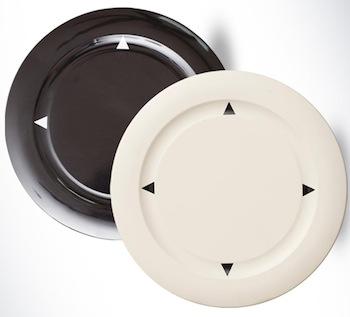Metal foils are being used in a surface insert moulding process to improve on the metallisation that may be achieved by plating or by glueing/screwing on a metal cover.
Swiss mouldmaker Georg Kaufmann is supplying the tooling which combines moulding with finishing of the foil surface. The process is the same as is used for back-moulding on to foams or fabrics and is done with foils of up to 0·3 mm thick. They are held in the mould and formed by the injection pressure: Kaufmann says that surface structures such as logos or decorative elements can be reproduced. While the mould is still closed the surplus foil is separated by an integral punching tool which wraps the cut edges of the foil wrap around the moulded part.
Adhesion of the foil requires a coupling agent, which has been developed by the Hochschule für Technik in Rapperswil in Switzerland, in collaboration with Kaufmann.
Kaufmann says that the process can replace separate downstream operations such as electroplating or the fitting of a metal sheath, with advantages over both in that the foil is thicker and less sensitive than a plated layer and has a cold metallic feel, and is lighter than a plate which is screwed or glued in place.
The company has used steel and aluminium foils, and is currently testing other metals.
Source: britishplastics.co.uk






